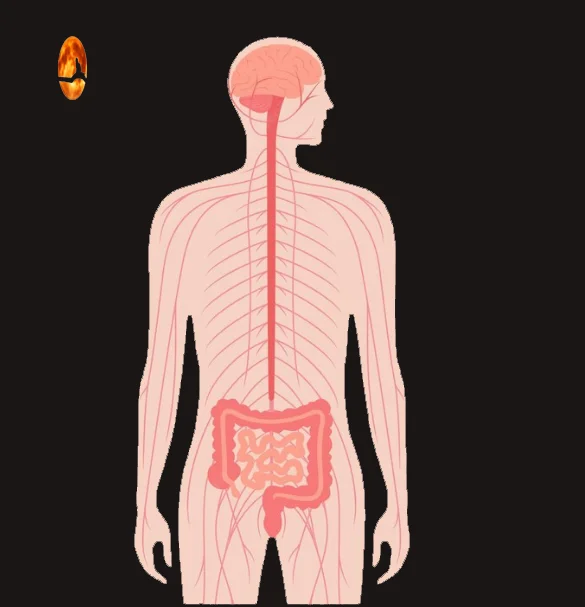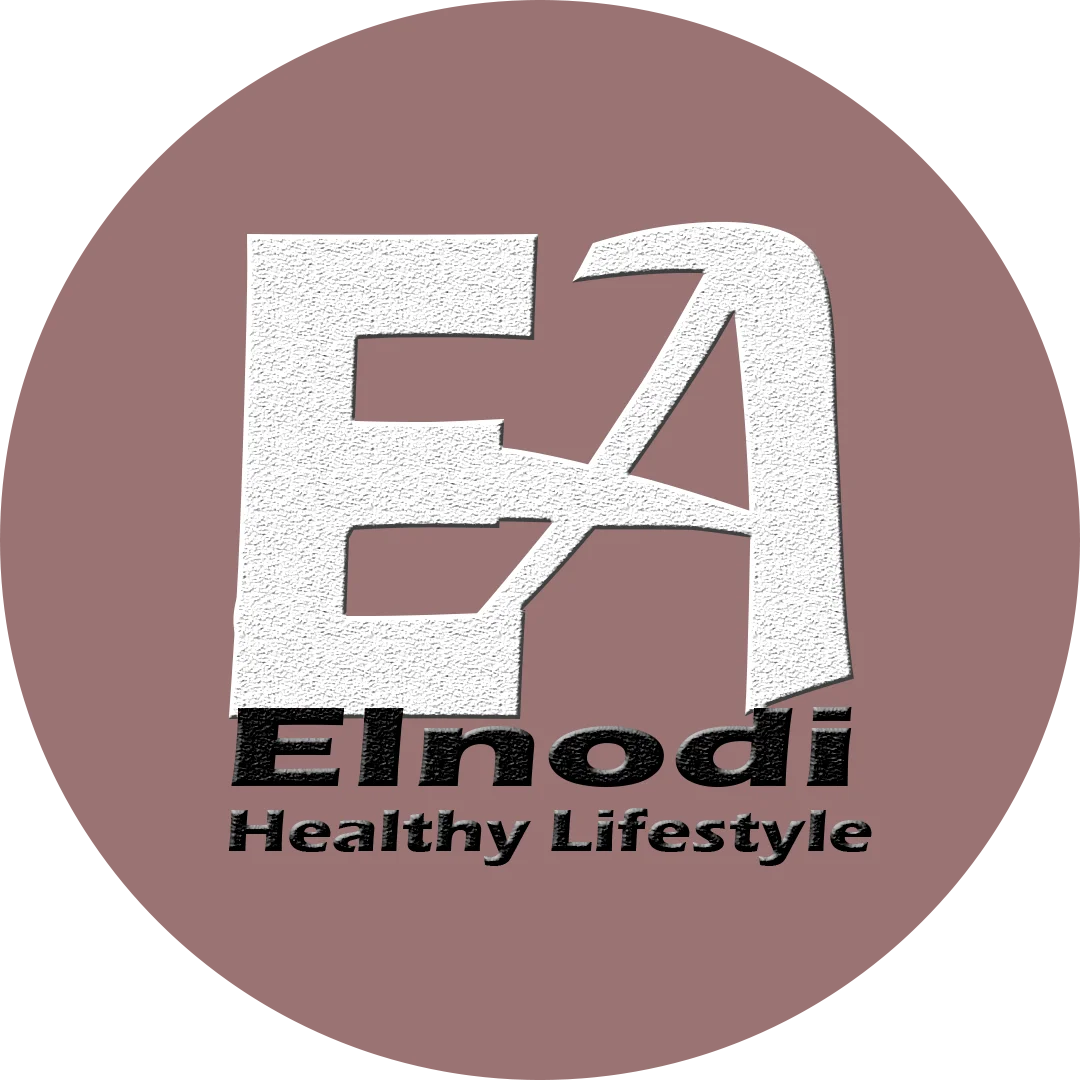Red meat has long been considered bad for health, but recent studies suggest otherwise. Is it really bad for you?
Red meat has long held a negative reputation for its high-fat content and cholesterol levels.
In fact, the American Heart Association recommends limiting the consumption of processed meats such as bacon, hot dogs, sausages, and ham.
However, new research suggests that does not necessarily increase the risk of heart disease or cancer. Some experts even believe that can be beneficial for certain conditions, such as osteoporosis.
10 Reasons To Stop Eating Red Meat
If you’re toying with the idea of going vegetarian (or at least flexitarian, for those who want to eat a portion of meat with their plants), this list is all the motivation you need.
The health and environmental costs of our meat-based food system might be enough to make you swap steak for salad – for good.
1. Eating meat hardens blood vessels
A compound called carnitine, found in it (and even used as an additive in some energy drinks), may cause atherosclerosis, the hardening or clogging of arteries, according to a study published in the journal Nature Medicine.
The study, which involved more than 2,500 vegans, vegetarians, and heart patients who eat anything, suggests that carnitine is converted by bacteria in the gut into a heart-damaging compound, trimethylamine-N-oxide (TMAO).
The researchers found that elevated carnitine levels predicted an increased risk of cardiovascular disease.
2. Your vegetarian friends might outlive you

A Harvard School of Public Health study discovered a link between eating meat and having a shorter lifetime.
Consuming protein from more beneficial sources, such as fish, poultry, nuts, and legumes, was linked to a lower risk of death.
According to Larry Santora, MD, medical director of the Dick Butkus Center for Cardiovascular Wellness at Saint Joseph Hospital in Orange, California, “we know processed it like hot dogs and salami are the worst.
According to Dr. Santora, the cause may be in the preparation because charring meat raises the number of nitrosamines, which can cause stomach cancer.
3. you consume pink slime.
While the public recognizes it as pink slime, the meat business refers to it as “lean finely textured beef (LFTB)”.
This meat supplement is made up of fatty scraps of rendered meat that have been cooked, spun to remove the fat, and then treated with ammonia gas to eliminate microorganisms.
The ground beef is subsequently mixed with the slime at grocery stores and meat processors (around 70% of ground beef sold in supermarkets has the additive).
4. That pricey fillet might be “glued” together with leftovers.
A “meat glue” called transglutaminase can be used to join tiny pieces of meat into a bigger dish. Originally obtained from animal blood, this enzyme is now made by the fermentation of bacteria.
When applied to meat, it creates an imperceptible connection that shapes smaller pieces of flesh into a filet-mignon-like shape.
The likelihood of contamination increases the more bits of meat that are stuck together you eat, even though it is on the USDA’s GRAS (Generally Recognized as Safe) list.
The likelihood of infection increases as you consume more meat that is sticking together. How many cows are in the “glue” you’re consuming is the crucial question, advises Dr. Schmidt.
The risk increases with the number of cows. (Vegetarians, you’re not quite off the hook here: buy products as close to their natural states as you can because transglutaminase can be found in some meatless products like tofu, yogurt, and cereal.)
5. Livestock production has a significant impact on the environment.

You can further protect the environment by avoiding meat if you use reusable cloth grocery bags and drive a fuel-efficient vehicle.
Because it takes so much more energy, land, food, and water to raise and move livestock than plants do, meat has the greatest environmental effect of all the foods we eat.
For instance, to produce a four-ounce (quarter-pound) hamburger, 7 pounds of grain and forage are needed, along with 53 gallons of drinking water for irrigating feed crops, 75 square feet for grazing, and 1,036 BTUs (enough to power a microwave for 18 minutes).
6. E. coli can make you sick.
According to the CDC, unpasteurized (raw) milk and unpasteurized apple cider are the foods that are most likely to make you sick with E. coli, although animals are also a significant risk.
Like the “meat glue” risk, the E. coli risk is mostly based on the number of cows used to produce your ground beef.
“Meat from fewer than 10 cows or more than 1,000 cows may be present in your burger.
Ask the butcher for information; most states have laws prohibiting falsifying records, so they can’t lie, according to Dr. Schmidt.
According to him, the likelihood of catching an illness that wasn’t intended to be in the red meat increases with the number of cows in the hamburger.
Dehydration, stomach pain, and kidney failure can all be brought on by E. coli.
7. The level of animal brutality is revolting.
It can be simple to overlook the fact that the steak on your plate came from a living being.
However, Paul Shapiro, vice president of farm animal protection at the Humane Society of the United States, warns that the journey from cattle to entrée can be riddled with shocking acts of animal cruelty.
It’s by far the biggest cause of animal cruelty in the world, from keeping animals in tiny cages to slicing off sections of their bodies without any pain treatment to genetically selecting them to become so heavy and so quickly that many become lame.
The eight cruelest foods you consume can teach you much. Nutrition is provided by vegetarian protein sources without any of these hardships.
8. Meat consumption increases the risk of type 2 diabetes.
A study from JAMA Internal Medicine suggests that consuming red or processed meat over time may raise the risk of type 2 diabetes.
According to Dan Nadeau, MD, an endocrinologist at the Mary and Dick Allen Diabetes Center at Hoag Hospital in Irvine, California, “specifically, 3.5 ounces of it or 1.8 ounces of processed meat (e.g., a hot dog or 2 slices of bacon) daily led to a 19% and 51% increase in diabetes risk, respectively.
Diets high in animal products raise the risk of obesity and type 2 diabetes in the United States.
9. Meat poses a risk to your gut and brain.

According to a recent UCLA study, meat includes a lot of iron, which, when consumed in excess, can raise iron levels in the brain and may increase the chance of developing Alzheimer’s disease.
Myelin, a fatty substance that coats nerve fibers, is damaged when iron builds up in the brain. As a result, there are indications of Alzheimer’s disease.
10. Hormones can be hazardous and are abundant in meat
According to a significant study involving more than 90,000 women and published in the Archives of Internal Medicine, hormones added to it increase the risk of breast cancer.
In comparison to women who had 3 or fewer servings per week, those who consumed more than 1.5 servings (about 6 ounces) of it daily had a substantially doubled chance of developing hormone-sensitive breast cancer.
According to research, the hormones or hormone-like substances found in red meat enhance the risk of cancer by binding to particular hormone receptors on tumors.
Summary
Red meat seems to have advantages and disadvantages for your health.
Unprocessed it is incredibly nourishing and packed with nutrients including protein, vitamins, and minerals that help keep the body functioning.
However, processed red meats like bacon and sausage often contain preservatives that could be harmful to your health and tend to be higher in salt.
Certain malignancies, heart disease, and mortality are all linked to a red meat diet in several observational studies.
The type of it consumed and the way it is prepared, according to a study, appear to have an impact on how it affects health.
Overall, additional study is required to determine how it affects human health.
The decision to eat it is ultimately a personal one. A balanced diet can include red meat, particularly unprocessed.
FAQ
How often should I eat red meat?
diet objective
Limit your weekly intake of it, if you consume red meat, to no more than three servings. Three portions weigh roughly 350–500g (about 12–18oz) when cooked. Consume virtually no processed meat, if any at all.
What is the healthiest red meat?
. Pork: Pick lean cuts of pork, such as loin, tenderloin, and chops with the center cut.
. Steak: Opt for thinner cuts of steak including ball tip, round, sirloin, and flank.
. Meat that has been ground is available in a number of varieties, including chicken, turkey, hog, and beef.
Why is red meat bad for your colon?
N-nitroso compounds are created when a substance in it called haem is broken down in the gut. These chemicals have been proven to harm the cells that line the colon, which can cause bowel cancer. The same compounds are produced during the digestion of processed beef.
Red meat benefits and disadvantages?
According to researchers, supplies vital elements like protein, vitamin B-12, and iron. However, research indicates that consuming a lot of it may increase one’s risk of developing certain malignancies, heart disease, and other health issues.
Is white meat bad for you?
The Final Verdict. Give up the notion that white meat is healthier than dark meat; both types of meat are nutritious. Although white meat has fewer calories and fat than dark meat, these variations are relatively tiny and are unlikely to have a significant impact on your general health.
What is red meat called?
Because it contains more myoglobin than chicken or fish, beef is referred to as Red meat. The blood’s red cells carry oxygen to the muscles. Myoglobin, one of the meat’s proteins, is responsible for storing oxygen in muscles.





